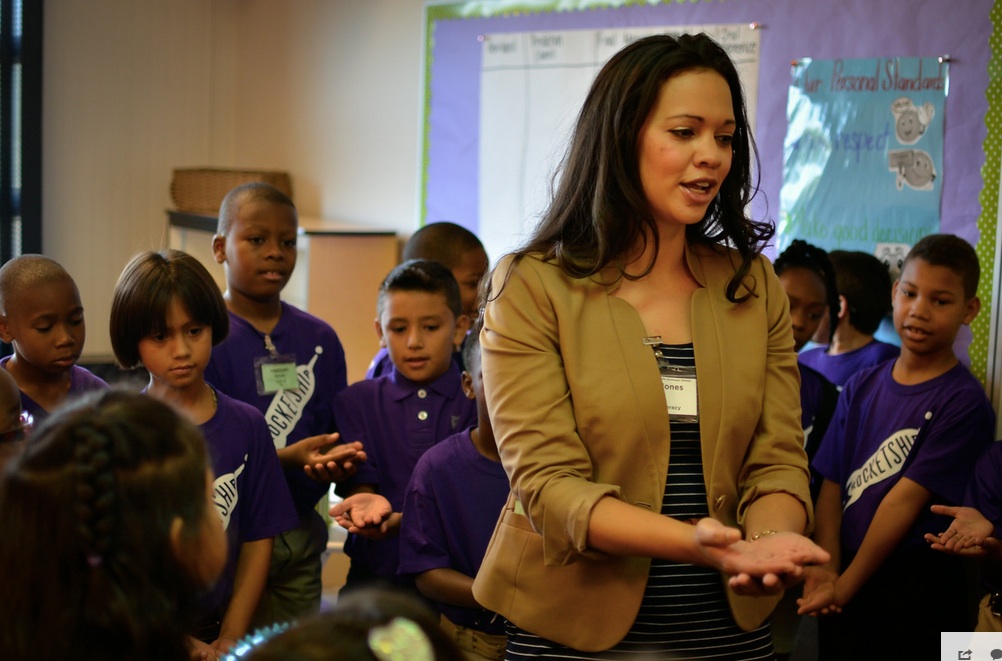
3 New Ways to Get Your Students’ Attention
by Cody Wilson, Kinder Teacher, KIPP: Indy Unite Elementary
For months, getting my students’ attention was the bane of my existence. I pulled out all the stops: “1,2,3…Eyes on Me,” “Hands on Top.” I even got creative with some cool clapping call-and-response. Yet I never seemed to get more than 70 percent of my students’ attention. There were always three or four who just kept on working or talking.
Then I participated in an online course on Culturally Responsive Teaching methods, facilitated and based on research by Dr. Sharroky Hollie. We discussed ways in which a teacher can go deeper into their students’ culture than just using look-alike posters, ethnic food days, and studying MLK. Being culturally responsive means getting down to the nitty-gritty, including how you capture your students’ attention.
Many of my students come from backgrounds and cultures that prize relationships, hard work, and quality work over schedules and deadlines. So when I stop them at the end of a writing assignment with no warning, I am not being responsive to their values.
I remember one student asking me why he had to stop working at the computer center “right away,” when logging off took only “a second” during a minute-long clean-up. I started to see the miss-match in my values and my students’.
Using Dr. Hollie’s research and my own knowledge and experience with my students, I created a series of attention-getters that used the following principles:
- Count-Downs: When transitioning from tasks, I simply begin counting down, mixing in expectations and positive narration. I wait until I hit 0 to use an attention-getter, giving my students time to finish work, clean, or end their conversations.
- Music: For other transitions, I simply begin playing music. There is a clear expectation for what the student should be doing when the song ends. This requires pre-teaching, but is much more fun for my students and allows me to multi-task.
- Motion, Voice, and Interaction: These are my go-to attention-getters. They are usually about 20 seconds long and give students the opportunity to move, speak, and interact with one another before directing their attention to me. I often use a call and response that involves the students not only responding verbally, but also doing hand motions and interacting with one another.
Being culturally responsive goes beyond attention-getters, but they can be a great place to start. My students love fun rewards for paying attention, and I love not dishing out so many consequences.
This post was originally published on TeacherPop. It has been republished here with permission from the author.
Cody Wilson is a 2014 Indianapolis Corps Member and founding kindergarten teacher at KIPP: Indy Unit Elementary. Cody Wilson is originally from the Circle City and graduated with his B.A. from Purdue University-West Lafayette.
Published on April 6, 2015
Read more stories about: Teacher Experience.


